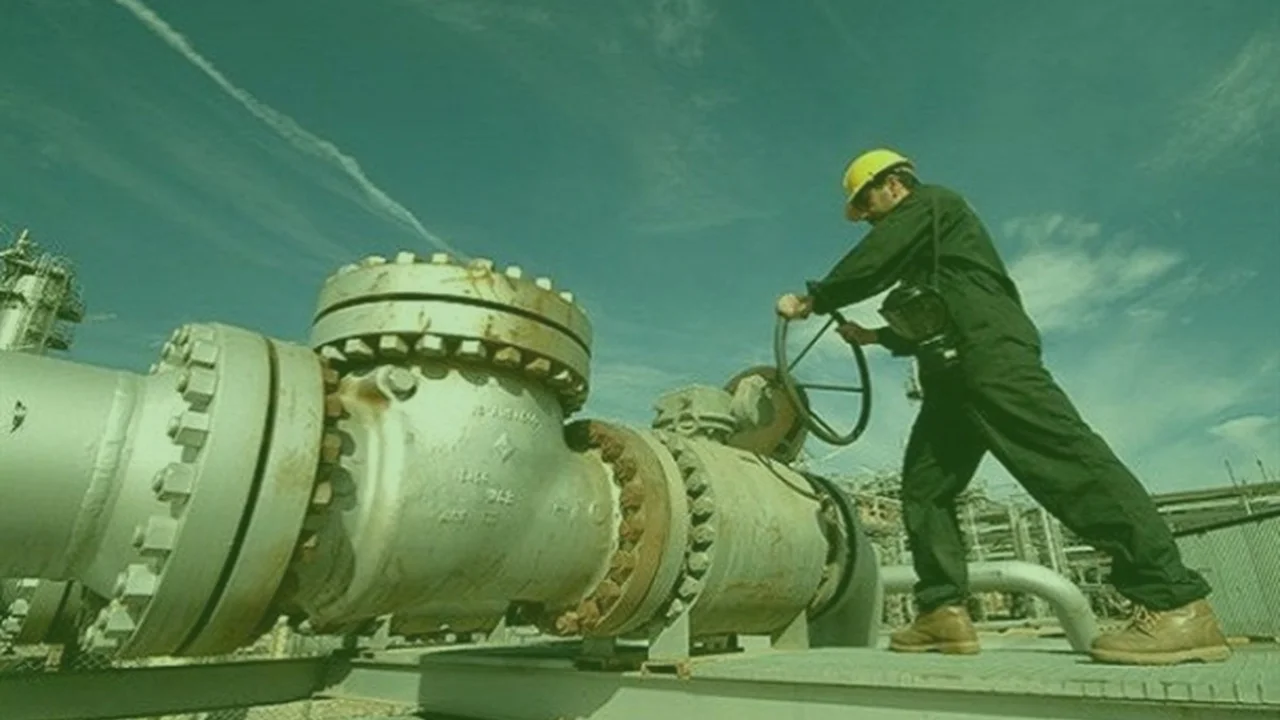Iran Gas Export to Its Neighbors: Another Lost Court Case and A Lost Opportunity
The Islamic Republic has long had the ambition of exporting gas to Europe via Turkey. During Mahmoud Ahmadinejad’s presidency (2005-2013), when the relations with the West soured, Iran lost its opportunity of exporting natural gas to European countries, instead, other countries such as Russia, Qatar, and the Republic of Azerbaijan stepped in to fill the void, and made a fortune from gas sales.
In recent months, European natural gas prices have gone through the roof as economies have picked up the pace post-pandemic. Russia, as the main pipeline gas supplier to Europe and Qatar as one of the biggest LNG (Liquified Natural Gas) exporters to Europe, had a bumper year in 2021. As a result of the war in Ukraine, the United States has also benefited greatly as its LNG exports to Europe have increased dramatically in the past three months. According to recent reports, natural gas prices in Europe have increased by more than 7 times in the past 12 months, from $8/MCF to more than $60/MCF.
Meanwhile, Iran with its long history of failure to export its huge natural resources, will not get anything from this increase.
In 1999, during President Mohammad Khatami’s first term in office (1997-2001), a consortium of international companies, led by Shell, approached Iran’s Oil Ministry and offered to help Iran export and distribute its gas to Turkey, with a view to eventually pipe Iran’s gas into Europe. But Iranian officials declined the offer. As a result, Iran has what is basically a small flow of gas to feed the demand in Eastern Turkey, which are the poorest and least developed parts of Turkey, leaving the Western parts of Turkey and Istanbul (which have the biggest demand for energy) to Russia and the Republic of Azerbaijan.
As can be seen in Figure 1, although Baku was relatively late to enter the Turkish market, it has managed to exceed Iran’s export volumes and become Turkey’s second-highest pipeline gas supplier after Russia. Russia has built two separate pipelines (Blue Stream and Turk Stream) to send its gas directly to Turkey in addition to the historical supplies that were routed via Bulgaria. In recent months, Iran even stopped its gas supplies to Turkey, stating technical difficulties, but in reality it has no spare gas to export during cold winter periods.
Figure 1 (Source: Azeri Times Newspaper)
To make matters worse, in the past decade, Iran and Turkey have fought bitterly about gas supply volumes and prices, to the extent that Turkey has taken Iran to International courts and has won the case. The courts have reportedly awarded Turkey $1.9 Billion of compensation that Iran must pay (equivalent to around 60 Trillion Tooman at the current exchange rates).
The lost Turkmenistan case
Despite having the second-highest gas reserves in the world (see Figure 2), Iran is relying on gas imports from Turkmenistan to supply its growing population in the northeastern parts of the country.
Figure 2
Iran has been importing gas from Turkmenistan for more than 20 years. In the beginning, gas import from Turkmenistan was claimed as a political and economic success by President Khatami’s reformist administration: import gas from Turkmenistan to free up gas volumes, so that Iran could export its own gas to Turkey and at the same time form an economic tie with its northern neighbor, prising Turkmenistan away from Russia. However, as was the case with the other failed gas projects, the Iranian government spoiled this one as well.
Originally, gas export to Iran was seen as a major success story by Turkmenistan as well. Turkmenistan has huge gas reserves (4th largest in the world), but has a small population of around 6 million. Before exporting gas to Iran, Turkmenistan’s main export route was to Russia (via Kazakhstan). Gas export to Iran was meant to provide a counterweight to Russia and bring much-needed hard currency to the country. However, the gas deal with Iran proved to be troublesome for both parties and Turkmenistan tried other routes for exporting its gas. As China’s presence grew in Central Asia, Turkmenistan focused its attention to export gas to China, which started in December 2009. By 2019, Turkmenistan was exporting 30 billion cubic meters of gas to China annually.
As far as the gas contract between Iran and Turkmenistan was concerned, Iran was late in paying its bills and Turkmenistan stopped the gas supplies on many occasions. Eventually, Turkmenistan filed a formal complaint against Iran at the International Court of Arbitration (ICA) for failing to pay for imported gas and Iran filed a counterclaim against Turkmenistan for failing to supply gas as per the contract.
The Iranian government has a poor history of losing gas-related court cases and lost this case against Turkmenistan as well (another example of lost legal cases was explained in IOD’s previous article about the Crescent Petroleum contract dispute). In February 2021, the Swiss Supreme Court upheld a decision by the ICA that Iran should pay more than $1.5 billion-plus interest charges to Turkmenistan, which is more than 40 trillion Tooman at the current exchange rates. This news was hardly covered by the local media and President Raisi did not discuss it with the journalists during his visit to Turkmenistan in November 2021. Instead, he talked about his desire to resume gas imports from Turkmenistan.
Read More:



